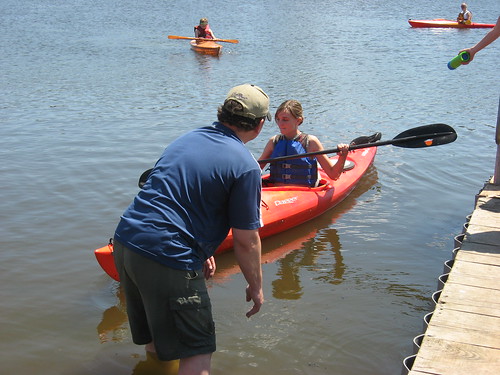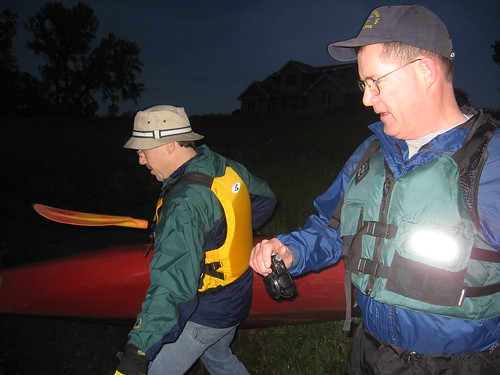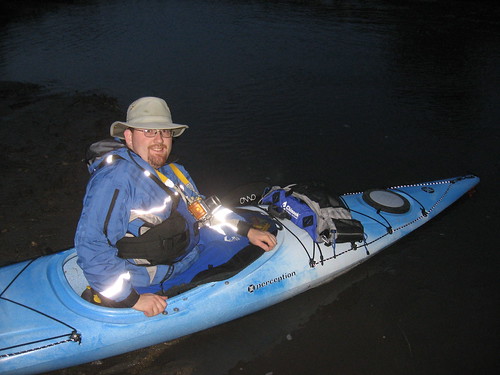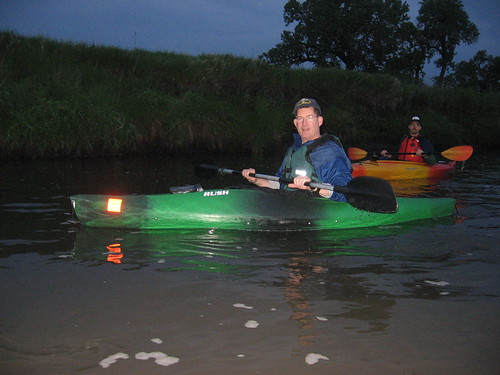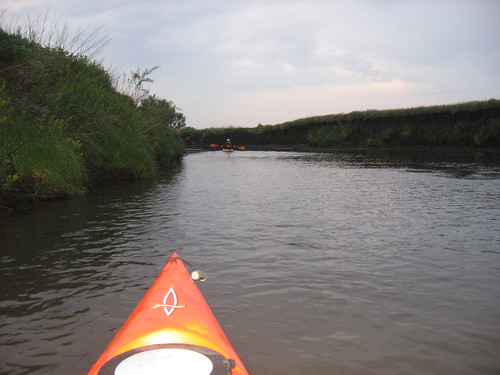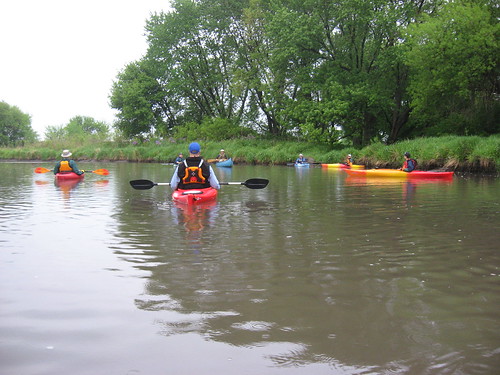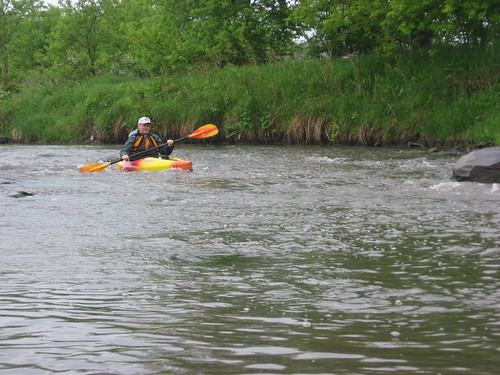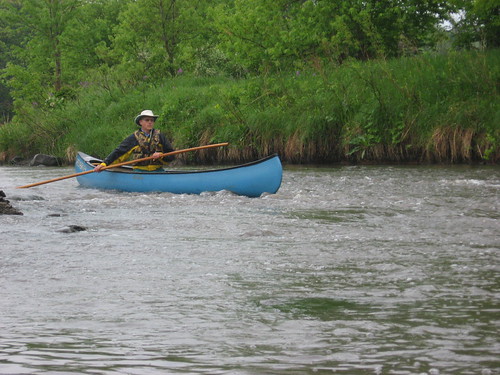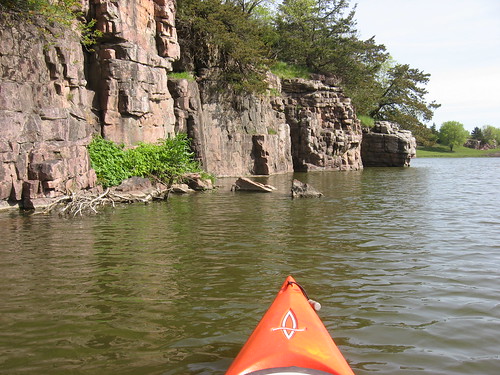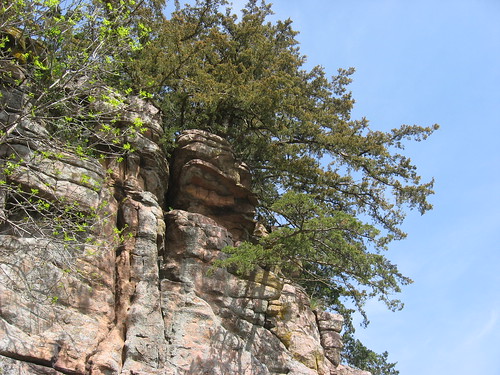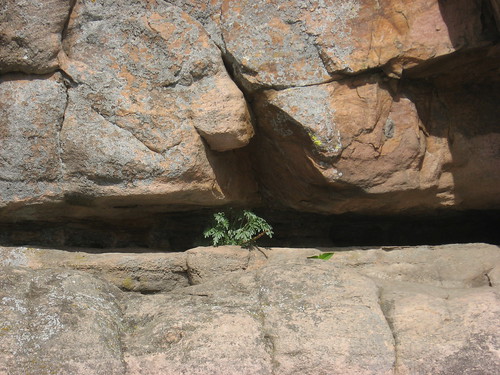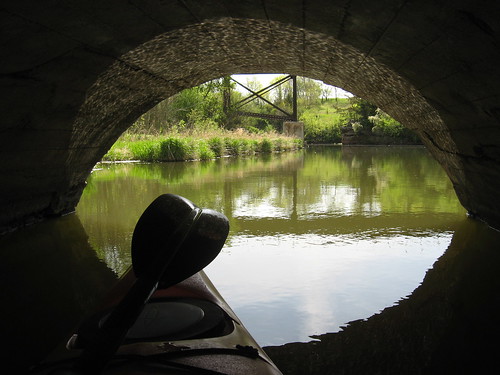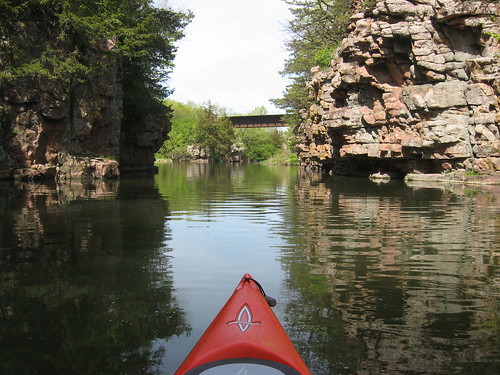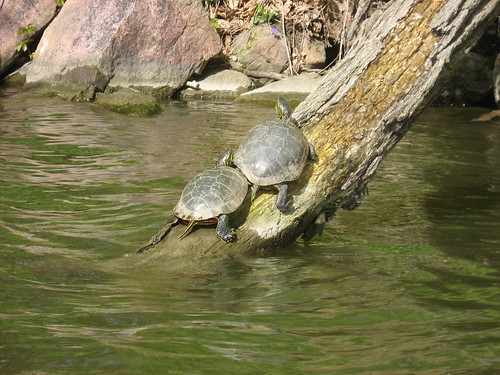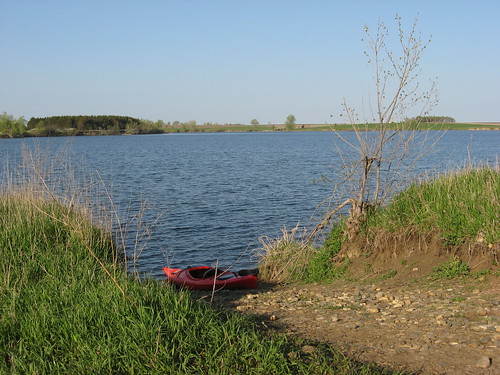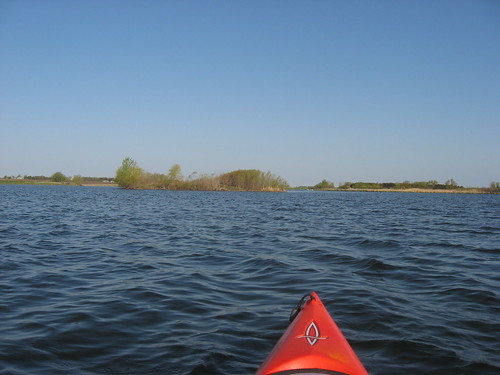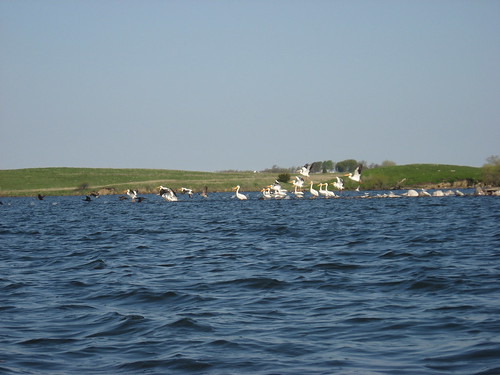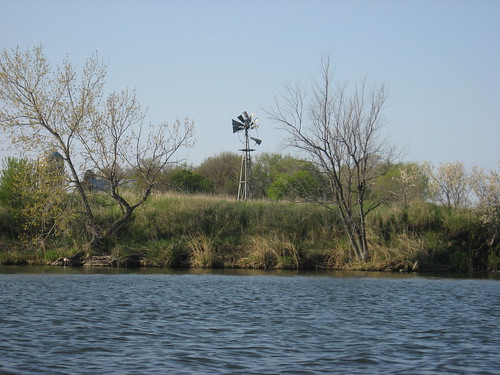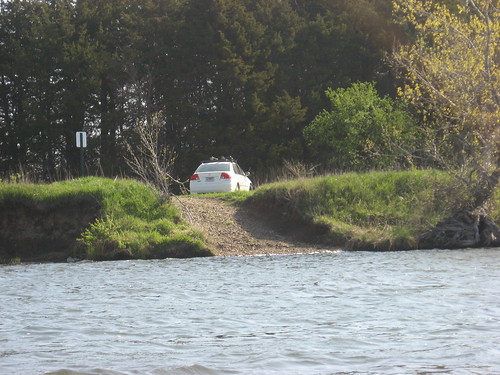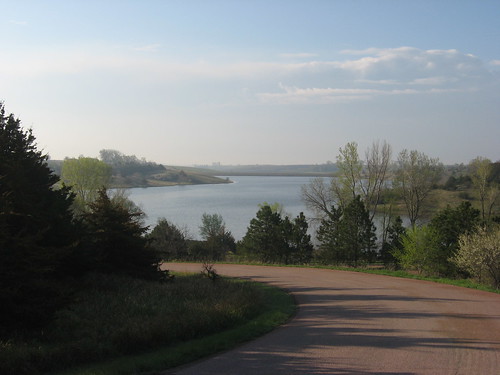
I have been working in England since mid-April, and I found spring well advanced upon my return to South Dakota. For my second cruise of the season, I decided to go to Lake Lakota, located within Newton Hills State Park and just 27 miles from my east-side Sioux Falls home. Taking advantage of the still morning, I arrived at the lake about 8:15 a.m. and, as usual, was alone on the water. The day was sunny with a temperature in the 50s and a forecast of about 70 degrees for the afternoon.
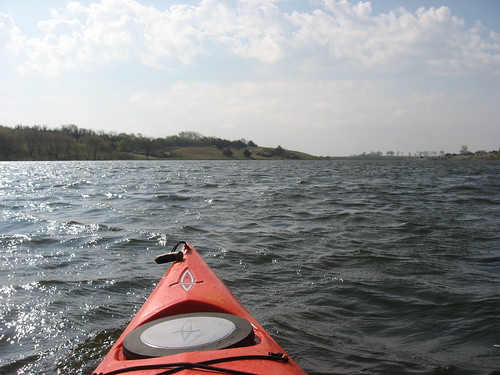
Lake Lakota is not exactly the high seas, but it is a pleasant body of water with good possibilities for seeing some wildlife. I like to meander up the several inlets of the lake, continuing until further passage is impossible. On one of these side trips up

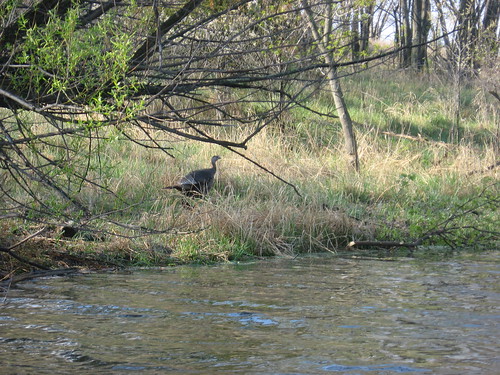
into the woods or grasses, I came across a wild turkey. She was moving along the shore; as I approached, she flew over the kayak into the brush on the opposite side of the inlet. Further along, I came across a large frog sitting alongside the shore. I moved in closer to get a photo, but the wily frog sensed my presence, gave a bark rather like a dog, and dove into the water. A beaver or muskrat swam near me today as well. Often I come across large numbers of big turtles. It is generally easy to approach turtles without spooking them and causing them to abandon their log perch. Today, however, the turtles were too alert to the approach of my kayak, and I was unable to get in close for an interesting photo. There were lots of ducks beginning their nesting activity, but they too flew off on my approach. I just have a little Cannon Power Shot with a four power telephoto, so close shots of wildlife generally requires a degree of stealth and luck on my part.
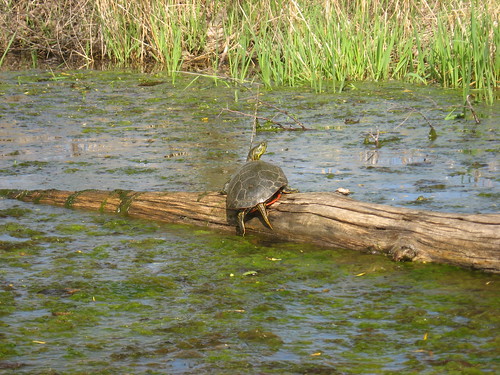
The wind was against me as I paddled up to the earthen dam at the south end of the lake. That wasn’t any problem with the kayak, but I decided to set my sail and ride back with the wind. Rigging the sail while underway is pretty easy, and I got set up
in the lee of the dam. Since the wind was blowing out of the south, I set the sail at a 45-degree angle and moved across the wind to the northwestern end of the lake. The sail filled nicely, and the kayak cruised across the water with a nice wake. Kayaks are inherently a bit unstable, and a shifting wind is another challenge. Moving across the water at an angle to the wind creates moments of shift when the kayak seems a little unstable. After a bit of a ride, I decided that my real purpose in kayaking today was to check out wildlife, and that was not really possible while sailing down the middle of the lake and being constantly alert to stability issues. So, I folded up the sail and started paddling again.
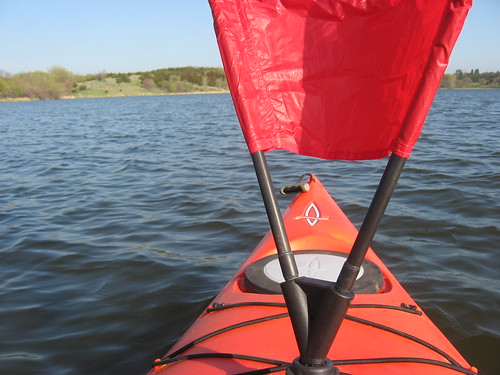
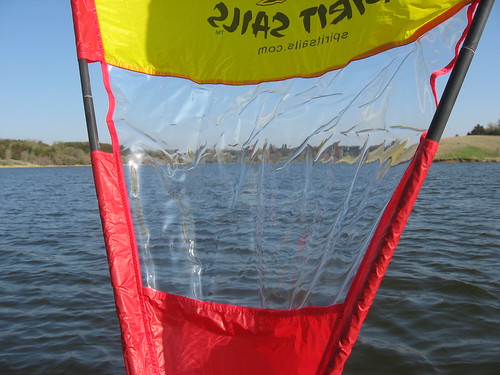
The most interesting part of the lake is the arm that heads west along the northern shore. The lake within this arm is shallower, and there generally is more aquatic vegetation on the water. All that seems to lead to more turtles, more ducks, and lots more large frogs. The conditions for all that are not quite ready yet. Soon, there will be large lily pads on the water, and frogs like to rest on them.
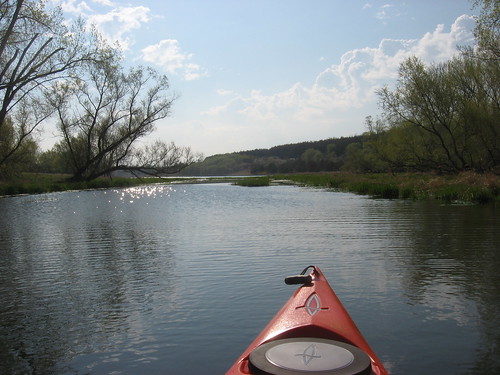
At the end of the western arm, Pattee Creek enters the lake through a culvert. Heading into the culvert seems an irresistible urge, and I went as far as I dared. Any further and I would have been stuck, or so it seemed to me.
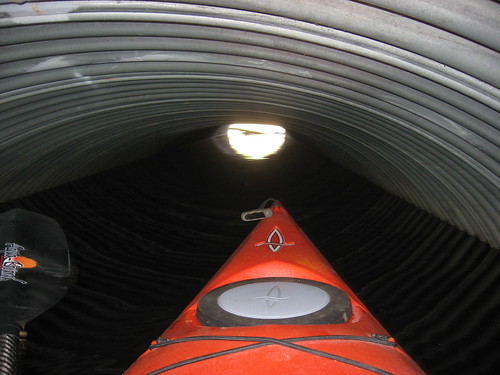
My cruise this morning was about 90 minutes, and that is just about right for me. Lake Lakota is a pleasant place to visit largely because of the setting. It is all within a well-maintained state park with great scenery: trees, hills, a variety of water conditions, and usually deserted. I like going to Lake Lakota once or twice a year.
